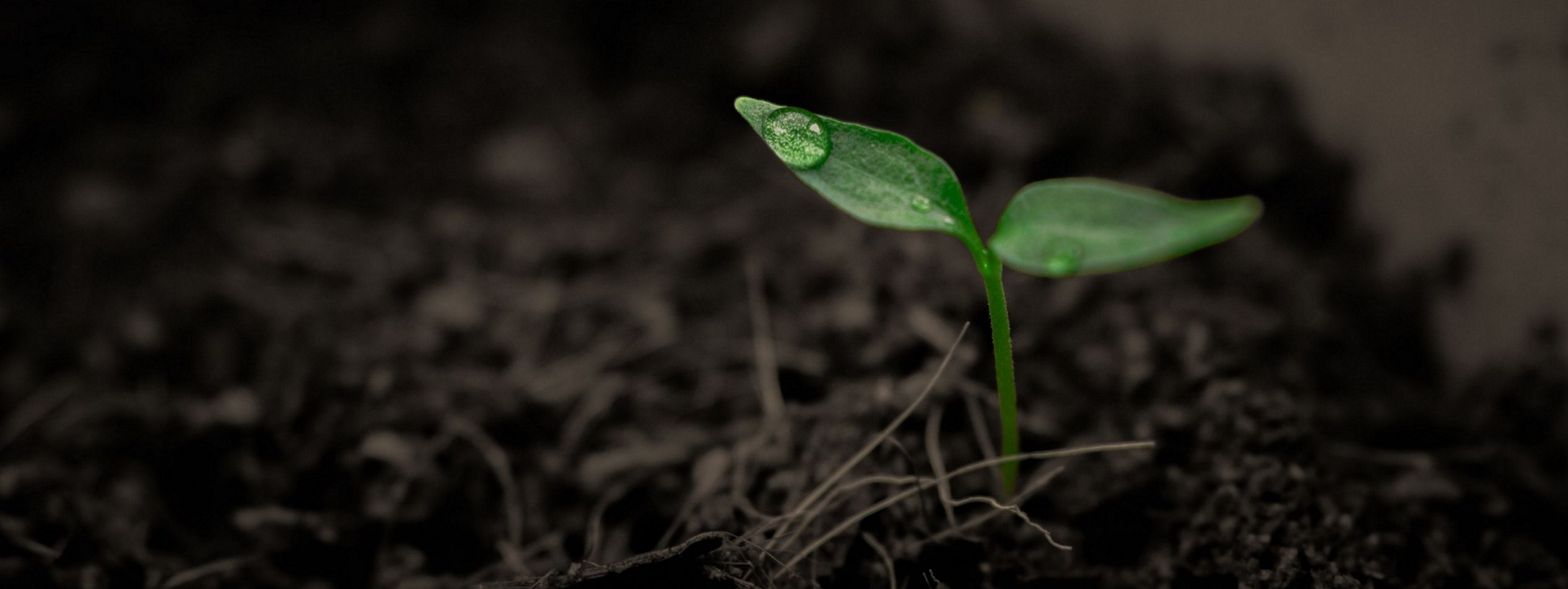Renowned soil microbiologist, Dr Elain Ingham, describes carbon as the fuel for all soil biological processes. Farmer and soil health advocate, Gabe Brown, calls it the secret weapon that could shape agriculture, and by extension, regenerative farming. Bill McKibben, a passionate environmentalist and author, describes farming with carbon as a powerful vision, one which he hopes will foretell changes in the way in which humans utilise the soil.
Why is there all this hype around carbon and what is farming with carbon anyway? Simply put, farming with carbon is farming in a way that moves carbon from the atmosphere to the soil. What then makes someone a carbon farmer? Well the answer to that is not as straight forward, as there are many practices that could move carbon from the atmosphere into the soil. It could be implementing a no-till system, planting multispecies crops or adopting a controlled grazing system. Implementing any one, or a combination, of such changes to your soil management systems with the aim of building carbon, makes you a carbon farmer. This means becoming a carbon farmer is not about implementing multiple changes at once, or getting everything right instantly. You become a carbon farmer the moment you decide to embark on the journey to better management of your soil.
Here is a reality check though, we are living at a time where natural resources are under immense pressure. Our soil’s health has severely degraded, our rivers and dams are drying up and our weather patterns are changing. The bottom line is, we need to change the way in which we produce our food. Carbon farming is part of this change that we desperately need to preserve what little we have left, and hopefully end up improving it in the process. The benefits of carbon farming are twofold. Firstly, it reverses the process of carbon loss to the atmosphere and instead pulls the carbon back into the soil. Secondly – which I believe is every farmers wish – it reduces the need for frequent fertilising and irrigation, which results in improved farm productivity and a lower environmental impact. This is due to improved soil nutrient holding capacity, greater nutrient cycling and better soil water storage and retention. Furthermore, with improved carbon levels, the soil becomes a great place for organisms to live, a benefit which improves not only the availability of soil nutrients, but also the health of the soil ecosystem.
This is not a comprehensive blog on the benefits of soil carbon (there are many not mentioned here), but rather a motivation to start farming with carbon. As you begin the journey of improving your soil management practices, and transferring carbon from the atmosphere to the soil, you will learn how beneficial this can be to your farm. Further to this, we want to encourage you to join the community of like-minded farmers, and share your experiences, lessons learned and benefits. This will mean you will also be able to learn from them. As a matter of fact, one farmer that has invested in building carbon in his soil has managed to increase his soil’s carbon level from 2.1% to 4%. This means that this farmer has managed, in just over three years, to sequester 34 tons of carbon back into the soil from the atmosphere. Another farmer in the Oyster Bay area also showed increased soil carbon levels, from carbon levels of 3.1% to 4.2%, over a period of two years. That is the equivalent of 16 tons. This amount of carbon would take one mature tree 15 years to sequester the same amount of carbon, an even more important reason as to why soil is the best and most efficient sink of carbon. To date, there are over 50 farms that have started tracking their soil carbon levels. These are the kinds of farmers who you can learn from about where to begin your soil carbon mission.
This is part of the reason why Trace & Save initiated the carbon farming project. It is a central place where information on sustainable farm management can be transferred, a place where the commonality is caring for our soils and their health. Caring for our soils is caring for the future.
- The management of soils with excessive sodium and magnesium levels - 2023-06-12
- Understanding evapotranspiration better - 2021-10-18
- Soil fungi connections - 2021-09-28

